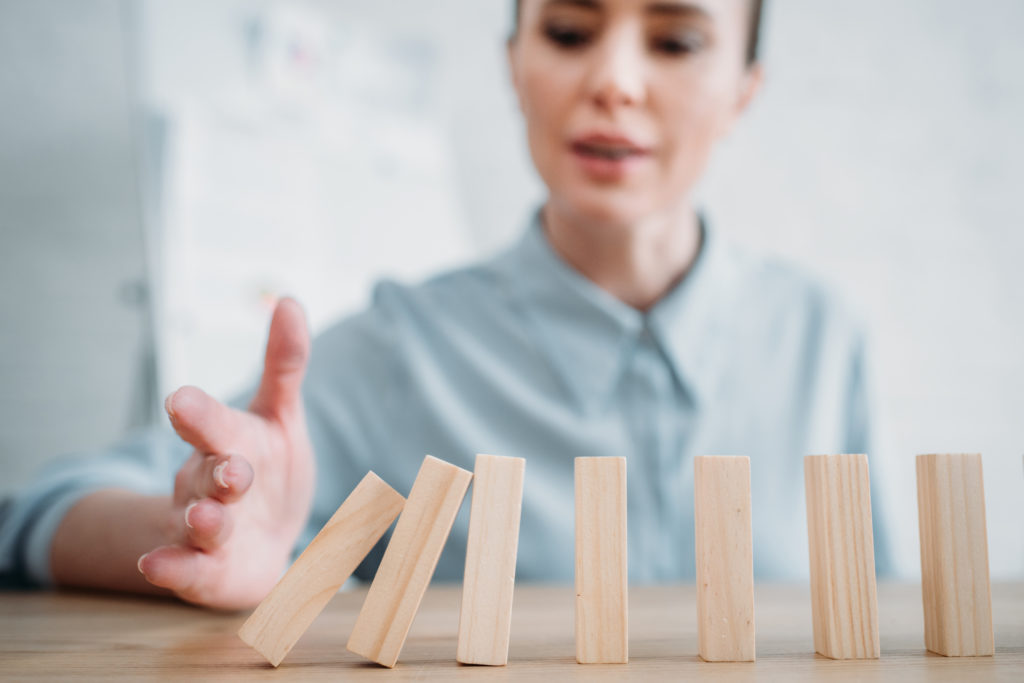
3 minute read
In the late 1980s, neurologists Sterling and Eyer introduced the theory of allostasis, which describes how certain physiological processes such as heart rate and blood pressure shift rapidly in order to maintain the internal mileiu.1 In a healthy animal, such adaptations serve to maintain a homeostatic baseline. However, when internal or external stressors overwhelm the system, the baseline shifts: a condition that scientists describe as allostatic load.2
At the one-year anniversary of COVID-19’s arrival stateside, we continue to struggle with related physiological and psychological stressors. Humans are, after all, social animals. As evidence, one need look no further than the Abrahamic religious traditions of communal worship. Loneliness can have pathological consequences: yet we remain forced into social isolation.
In these unusual times, what is the best strategy for avoiding allostatic load? Even with vaccine rollouts, it is fairly obvious that life as we once knew it is unlikely to resume in the near future. What can we, as providers, do to help those who struggle the most: the homeless, elderly and those with chronic illness? In short, how can we maintain our sense of humanity, and assist the most vulnerable?
There is no easy answer. In this writer’s opinion, maintaining social cohesion will require grassroots efforts: family members reaching out to those who may have become disenfranchised, and neighbors helping neighbors. We need to be patient, even when our patience is severely challenged, to be empathetic, and most of all, to show compassion, even when time is at a premium.
In their best-selling book entitled Compassionomics, authors Mazzarelli and Trzeciak provide evidence that brief expressions of compassion yield significant benefits, not only in terms of patient outcomes, but reducing provider burnout as well.3 We may be limited in our ability to control the virus, but we can make time for connectedness. By doing so, we can help those we treat to thrive, and maintain that delicate balance required to keep allostatic load at bay.
References
- Sterling, P. (2004). Principles of Allostasis: Optimal Design, Predictive Regulation, Pathophysiology and Rational Therapeutics. In J. Schulkin, Ed. Allostasis, Homeostasis and the Costs of Physiological Adaptation (pp. 17-64). Cambridge University Press. http://www.cambridge.org.
- McEwan, B. (2004). Protective and Damaging Effects of the Mediators of Stress and Adaptation: Allostasis and Allostatic Load. In J. Schulkin, Ed. Allostasis, Homeostasis and the Costs of Physiological Adaptation (pp. 65-98). Cambridge University Press. http://www.cambridge.org.
- Trzeciak, S. & Mazzarelli, A. (2018). Compassionomics: The Revolutionary Scientific Evidence that Caring Makes a Difference. Studer Group, LLC. http://www.studergroup.com

Leave a Reply